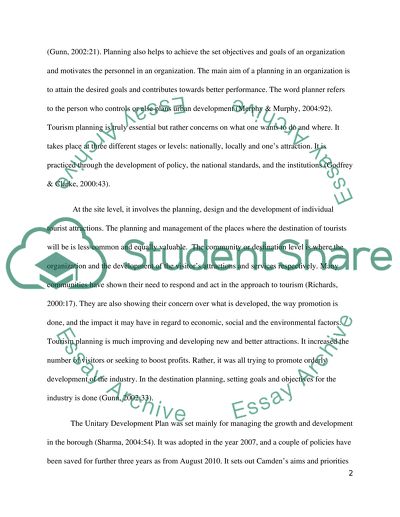Cite this document
(“Tourism Planning Essay Example | Topics and Well Written Essays - 2500 words”, n.d.)
Retrieved from https://studentshare.org/tourism/1460352-tourism-planning
Retrieved from https://studentshare.org/tourism/1460352-tourism-planning
(Tourism Planning Essay Example | Topics and Well Written Essays - 2500 Words)
https://studentshare.org/tourism/1460352-tourism-planning.
https://studentshare.org/tourism/1460352-tourism-planning.
“Tourism Planning Essay Example | Topics and Well Written Essays - 2500 Words”, n.d. https://studentshare.org/tourism/1460352-tourism-planning.


